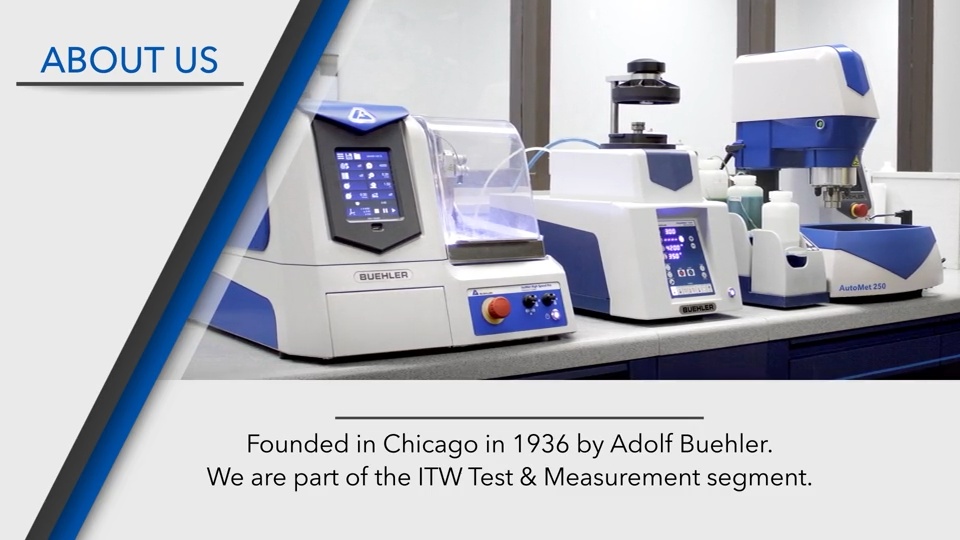Testing the hardness of a welded joint is well documented in standards like the ISO 9015 and the ISO 15614. These standards describe test loads, number of indents for parent material, heat effected zone (HAZ) and weld as well as the distances between each indent and the depth below the surface of the welded joint.
Fulfilling these requirements can be a painful process. A time consuming setup process is required and the results can be influenced by the operator. In addition, no two weld samples are identical, adding further challenges to ensuring accurate results.
To simplify the weld testing process while maintaining standards compliance, Buehler recently introduced a weld testing pattern in DiaMet Software, available on the Wilson VH3100, Wilson VH3300, and Wilson UH250 hardness testers. This intuitive feature guides the operator through the setup process by adapting a pre-programmed pattern to each unique sample with only a few clicks, whilst ensuring that critical distances are correct. After the indentation process an image of the complete weld including indent positions can be exported into a report to provide an overview of the analysis.
Just another way Buehler helps you save time and improve traceability in your testing process!
 Europe | EN
Europe | EN















